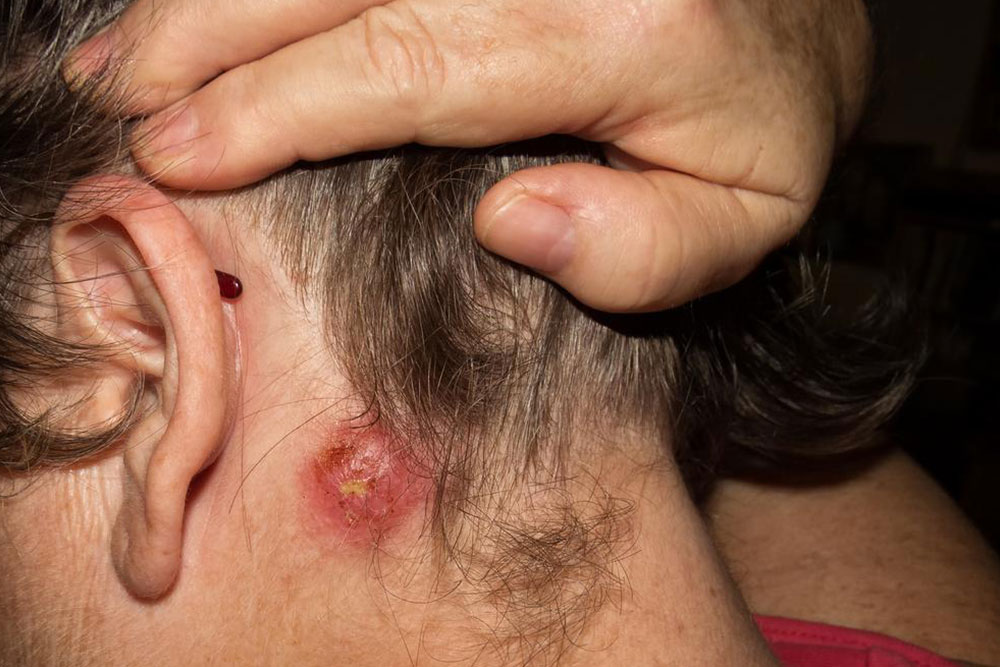Recognizing the 8 Key Indicators of Immune Thrombocytopenia
Learn to identify the eight early warning signs of immune thrombocytopenia (ITP), including symptoms like petechiae, purpura, bruising, and bleeding, to seek timely medical attention. Recognizing these indicators can help in managing the condition effectively and preventing complications.

Immune thrombocytopenia (ITP) is a disorder characterized by a decreased platelet count in the bloodstream, impairing normal blood clotting. This can lead to unexplained bruising and bleeding, even without injury. The condition can be acute, resolving on its own, often in children, or chronic, requiring ongoing management. Early recognition of symptoms is crucial for timely treatment. Common signs include small skin spots, larger bleeding patches, bruising, bleeding gums, blood in stool or urine, fatigue, heavy menstrual flow, and frequent nosebleeds. Understanding these signs helps in seeking prompt medical care.
1. Tiny bleeding spots (petechiae) often appear as small red, purple, or brown dots under the skin, commonly around eyes, arms, legs, mouth, or stomach. These are early indicators of ITP and should not be confused with allergy rashes.
2. Purpura occurs when small blood vessels leak, leading to larger purple or red patches that may appear on skin or mucous membranes. They often resemble sizable bruises or patches.
3. Bruising happens when blood pools under the skin from broken vessels, creating marks that vary in color from brown to yellow. Frequent unexplained bruising warrants medical evaluation for ITP.
4. Bleeding gums, along with blood on toothbrush or swollen gums, can signal low platelet levels. If persistent, consult a healthcare professional.
5. Presence of blood in stool or urine, without other bladder or bowel symptoms, can hint at bleeding disorders like ITP. Seek medical advice for proper diagnosis.
6. Excessive tiredness may indicate anemia caused by ongoing blood loss. Fatigue is common in ITP due to delayed blood cell replacement.
7. Heavy menstrual bleeding, longer than usual or irregular, can be linked to platelet deficiency. Women experiencing this should consult a doctor to prevent complications like anemia.
8. Persistent or heavy nosebleeds, especially without dry air exposure, may be signs of ITP. Medical attention is recommended for frequent bleeding episodes.
While the exact cause of ITP remains unclear, it results from immune system antibodies attacking platelets. This impairs clot formation, leading to bleeding risks. If symptoms are observed, prompt diagnosis and treatment are essential.










